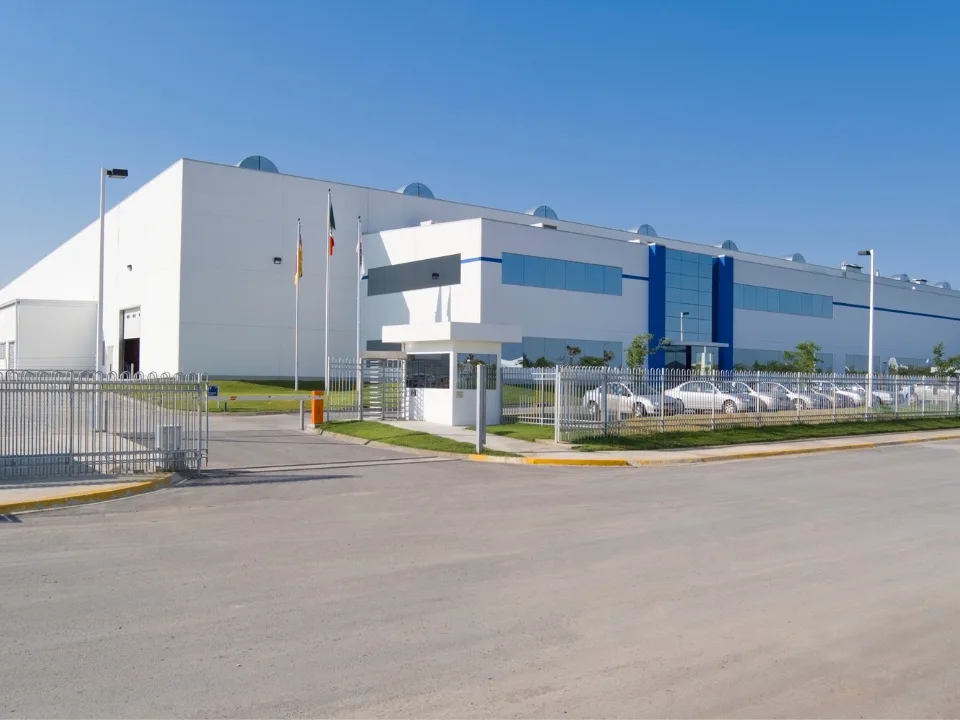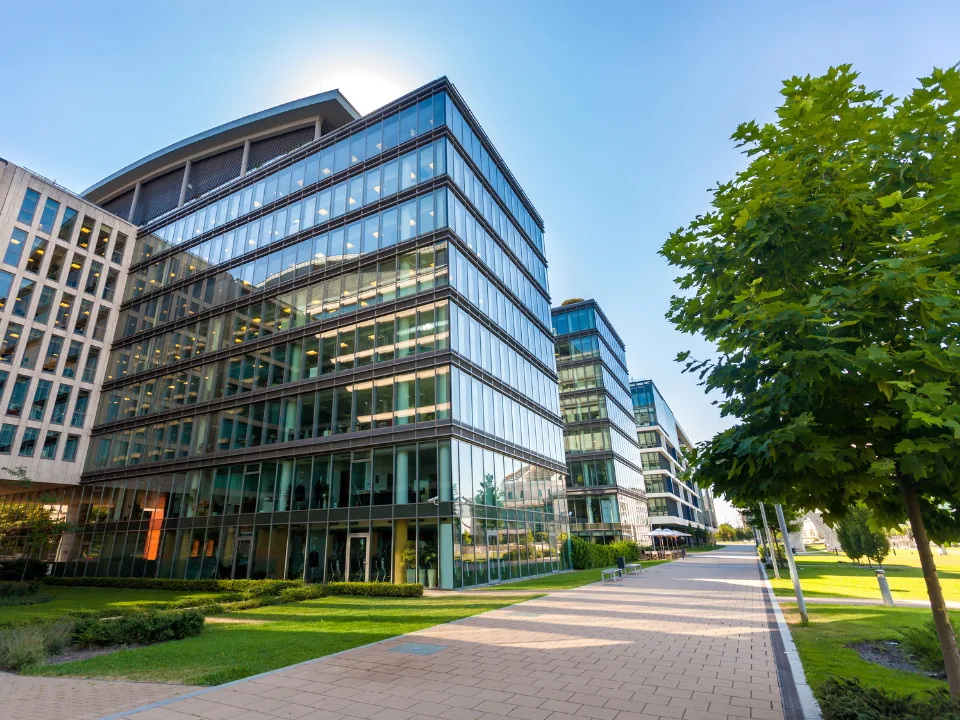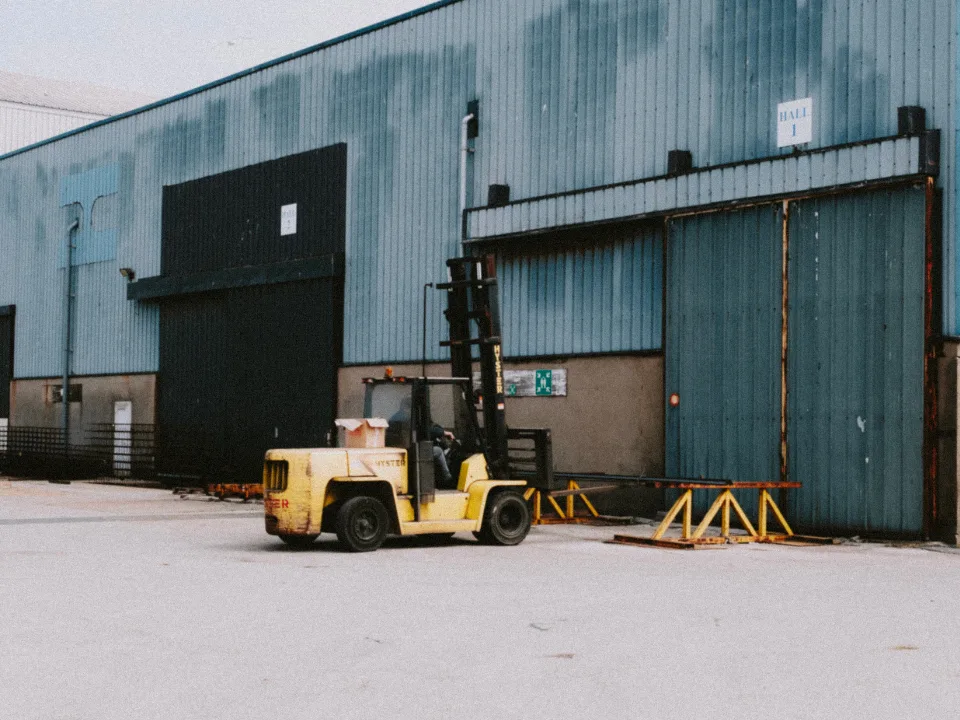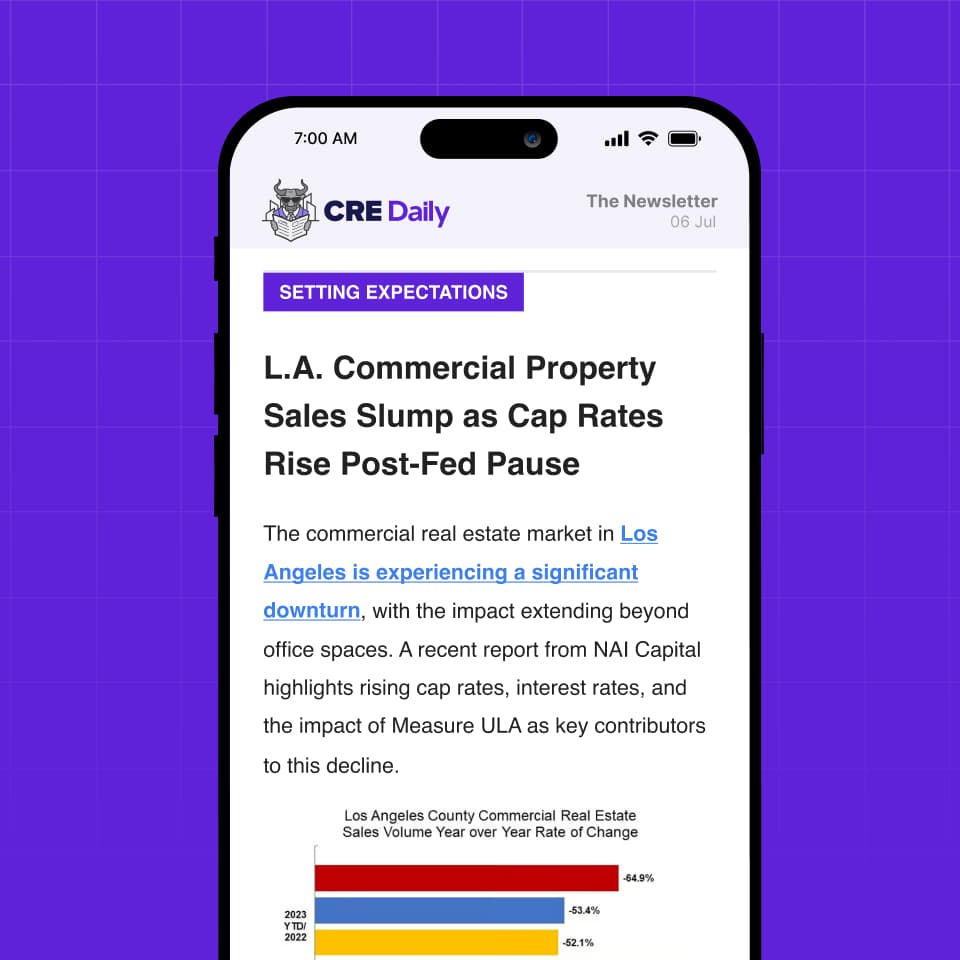- Meta is investing $10B in a 4 MSF AI data center in Holly Ridge, LA, its largest to date and roughly the size of 70 football fields.
- The project highlights a new trend as tech companies seek cheap land, abundant power, and natural gas in rural America, including Louisiana’s Haynesville Shale.
- Entergy plans to spend $3.2B on natural gas power plants to support the project, raising concerns that Louisiana ratepayers may bear long-term financial risks.
- While the site promises 500 permanent jobs and local tax revenue, critics question the sustainability of building permanent infrastructure for what may be a 15-year commitment.
- The data center will train Meta’s next-gen AI models and could consume up to 15% of Louisiana’s current electricity generation, a staggering figure drawing state scrutiny.
AI Comes to the Heartland
After years of economic disappointment, Richland Parish, Louisiana, is at the center of a high-stakes bet on artificial intelligence. According to the WSJ, Meta has begun construction on a massive AI data center in the unincorporated community of Holly Ridge, a town with one blinking traffic light and deep economic need.
The company quietly acquired 2,700 acres of flat farmland, where it’s building a facility larger than the campus of Louisiana State University. Slated to cost $10B, the data center will power training for Meta’s open-source Llama AI models.
A New Kind of Resource Rush
Unlike the tech hubs of Northern Virginia or Silicon Valley, rural areas like Holly Ridge are now in demand for their cheap, expansive land and proximity to power infrastructure. Meta’s new site sits near existing gas pipelines and transmission lines, which is part of what made it attractive for development.
Entergy Louisiana is proposing three natural gas-fired power plants to meet demand—a $3.2B investment. Two would be located near Meta’s site, assuming state regulators approve the plan.
Get Smarter about what matters in CRE
Stay ahead of trends in commercial real estate with CRE Daily – the free newsletter delivering everything you need to start your day in just 5-minutes
Jobs and Optimism…With Caveats
Though not on the scale of an auto factory, Meta’s project is expected to bring around 500 full-time jobs, with average salaries of $82,000, significantly above the local median income of $53,000. Construction will require up to 5,000 workers.
Local leaders, like Delhi Mayor Jesse Washington, see the project as a potential economic engine. “How can the town of Delhi grow from Meta?” he wonders. Food trucks and new housing projects are already starting to pop up.
Who Pays the Bill?
The optimism is tempered by warnings from regulators and consumer advocates. Entergy’s 15-year agreement with Meta doesn’t align with the proposed power plants’ 40- to 50-year lifespan. That mismatch could mean higher costs for Louisiana ratepayers if Meta exits early.
“They want to use ratepayer money to finance something that they currently only really say they want for 15 years,” said Logan Atkinson Burke of the Alliance for Affordable Energy.
Entergy insists the structure “minimizes rate impacts,” and Meta has pledged to help cover its share. Still, the Public Service Commission will scrutinize the plan later this year, with concerns from both industrial energy users and residential customers.
Betting on AI’s Energy Appetite
Meta isn’t alone. Other tech firms are striking deals in North Dakota, West Texas, and across energy-rich regions to build AI infrastructure backed by on-site gas or private power sources. Oil majors like Exxon and Chevron are even entering the electricity game to serve future AI demands.
However, the January surprise from Chinese AI startup DeepSeek, which delivered cheaper and more efficient models, has shaken confidence in the long-term energy demands of AI, raising the stakes for large-scale U.S. investments.
Why It Matters
The Holly Ridge project encapsulates a national shift: Tech companies are looking far beyond urban centers for the resources to fuel AI. The resulting economic opportunity—and utility risk—is transforming rural towns into the next digital frontier.
As the industry continues to expand, D.C. regulators, utility commissioners, and rural communities will be watching to see whether these data centers represent long-term revitalization or risky overbuilds.
















